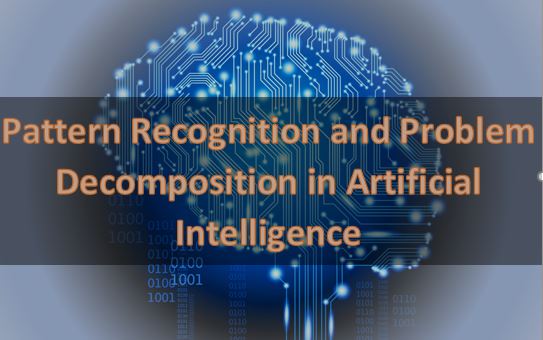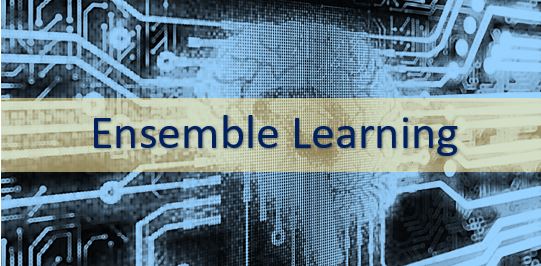
Quantum Machine Learning: The Next Frontier in Artificial Intelligence
Quantum machine learning is an emerging field that combines the principles of quantum mechanics and machine learning. It is a new approach to solving complex problems that are beyond the capabilities of classical computers. In this blog post, we will explore the basics of quantum machine learning and its potential applications. What is Quantum Machine Learning? Quantum machine learning is based on the principles of quantum mechanics, which allows for the creation of quantum algorithms that can perform calculations in parallel. This means that quantum computers can solve problems that are impossible for classical computers to solve. The combination of quantum mechanics and machine learning allows for the development of more powerful and efficient algorithms that can process and analyze large amounts of data. [siteorigin_widget class="SiteOrigin_Widget_Image_Widget"][/siteorigin_widget] Quantum Computing vs. Classical…



